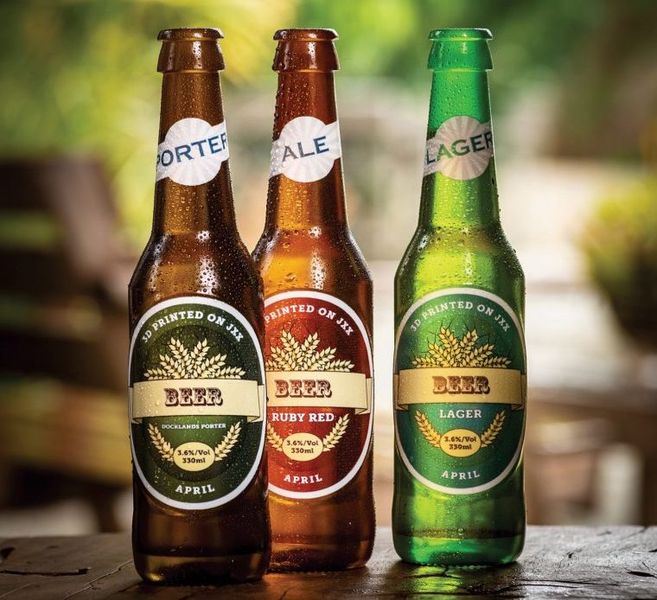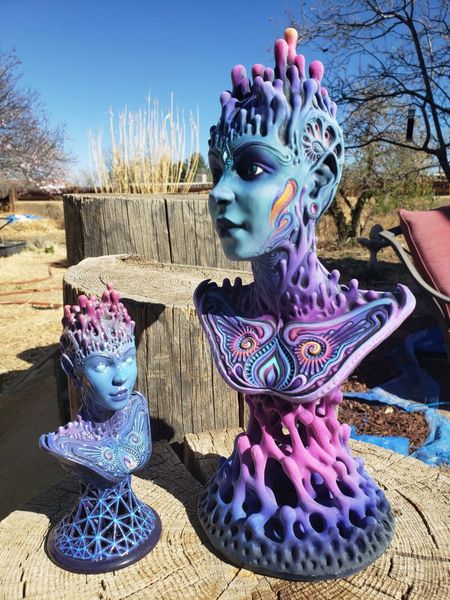
Stratasys announced two new materials that supercharge their PolyJet color profiles.
The company has been marketing “full color” 3D printers for several years, beginning with the J750 device, released in 2016. Since then Stratasys has gradually been tweaking the technology to increase the color capabilities. They raised the number of possible colors to 500K with the J850, achieved Pantone validation and even launched a full-color dental model system.
Now they’ve taken another step forward into the world of ultra-realistic color. But first, let me explain what’s going on here.
The CMYK Story
Early color 3D prints were indeed color, but they were often “washed out”. Even when technology increased in quality, models were still not quite right.
I believe an analogous scenario occurred many years ago in the 2D color printing world. Back then some 2D printer manufacturers believed a color 3D printer would merely have to reproduce three base colors accurately for mixing into precision colors. Those colors could be RGB, or “Red”, “Green” and “Blue”. But in the 2D print world, three alternate base colors were most often used: CYM, or “Cyan”, “Yellow” and “Magenta”.
The CYM mix did indeed produce colors. But there was a problem: darks, especially blacks, did not come out properly. Instead of being 100% black, these colors were a muddy mix of the base colors. Similar problems occurred with pure white.
It turns out you can’t expect to mix base colors to get pure black or white.
The techs of the day changed the situation by adding a letter: CMYK, a term you’re probably more familiar with. The “K” stands for “Black”.
The idea was that if you couldn’t achieve black by mixing base colors, why not just include a directly black ink right in the machine? That concept survives to this day, as your 2D color printer no doubt uses the CYMK concept.
Photorealistic 3D Printing

Back to Stratasys.
They’ve introduced two new colors: VeroUltra White and VeroUltra Black.
Do you see where this is going?
They explain:
“The addition of new VeroUltra White and VeroUltra Black materials provide an important realism boost for many prototyping projects. The materials simulate high-quality opaque plastic parts, even when they are very thin. Text and labels on bottles and packaging are sharp enough to meet 2D graphic standards. Color contrast is enhanced where high color separation is expected. Finally, the materials give a significant realism boost to the simulation of natural materials such as wood, fabrics, and marble.”
Stratasys says these new colors will enable more accurate color printing of labels, screens and panels, and this seems to be the case if you look at the images in this story.
Stratasys said the new materials will be available for their PolyJet platforms at different times, with immediate availability for the J7 and J8 series, and later in June for the J55 machine.
I’m quite interested to see some samples using these new materials; in the past some of Stratasys’ full color 3D prints have been eerily realistic. The new materials might make them even moreso.
